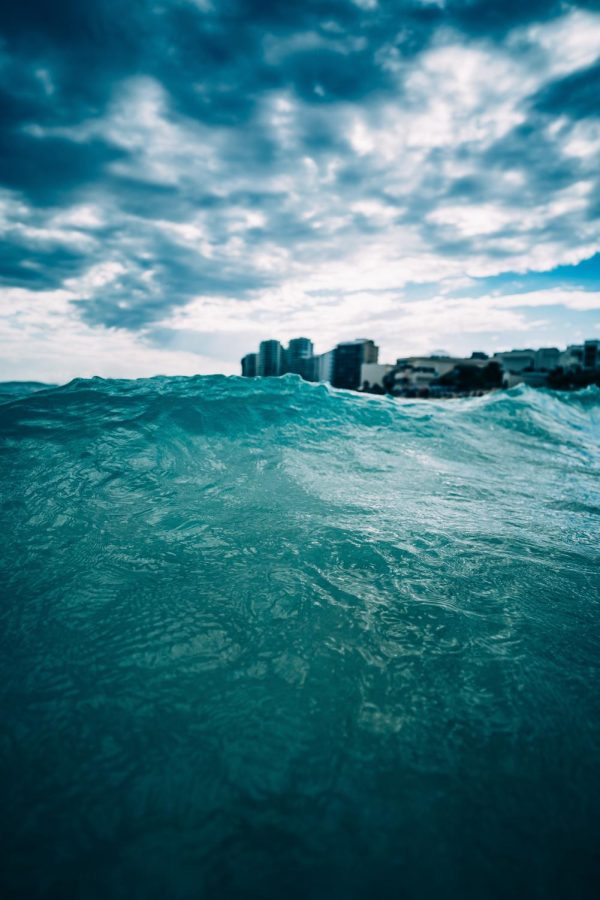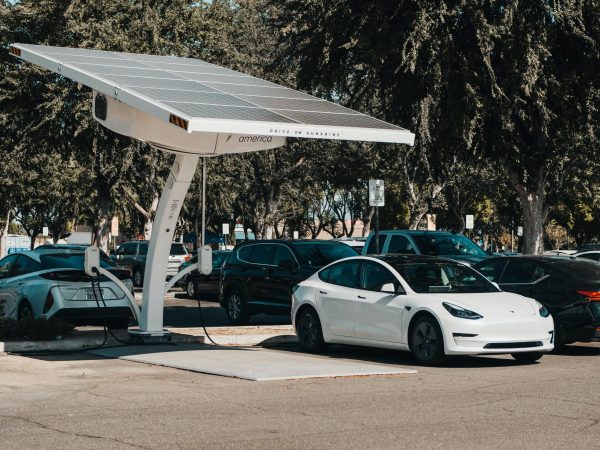Florida Sea Levels Rising
The rising sea level induced by climate change is a continuing source of concern for Floridians. These changes in sea levels will impact community safety and animal and plant habitats off the shore and the frequency and severity of tropical storms during hurricane season. State and local officials working together to develop a strategy to preserve the safety of all coastal towns from the actual potential harm caused by rising sea levels will provide proactive ways to secure the communities’ protection.
We need to know the facts to comprehend why this is a threat. Because of the porous limestone it stands on, which allows seawater to enter, South Florida’s unique Limestone base does not allow for typical preventative tactics, making the state more vulnerable to the consequences of rising sea levels. In addition to the foundation’s susceptibility, the ocean around the state also plays a role in increasing sea levels. According to SeaLevelRise.org, “warmer water means higher sea levels” because of thermal expansion. “Thermal expansion is the scientific term for expanding water, and it is responsible for about one-third of global sea-level rise. As the ocean gets warmer each year, it expands, raising the sea level.” The measured rise is “1 inch per every three years.” If those considerations weren’t enough, consider that global climate change is speeding up, and melting ice from the North and South poles has unwittingly altered the Gulf Stream’s pace and flow.
After learning what causes sea-level rise, it’s time to consider what this means for South Florida. The increase poses a significant hazard to the earth’s ecosystems, and hurricane season affects changes. Ben Strauss, CEO of Climate Central and scientist , claims, “Some 2.4 million people and 1.3 million homes, sit within 4 feet of the local high tide line. Sea level rise is more than double the risk of a storm surge at this level in South Florida by 2030. More than half the population of more than 100 Florida towns and cities live on land below that 4-foot line. Miami-Dade and Broward counties each have more people below 4 feet than any state, except Florida itself.”
Future hurricanes may bring more significant storm surges to South Florida, perhaps destroying the present infrastructure of towns along the shore. According to Florida Oceans and Coastal Council, “Rising sea level has the potential to cause catastrophic damage to coastal communities in Florida, especially as it exacerbates storm surge generated by hurricanes when they hit large urban regions.” Deeper seas near the beach will result in more significant storm surges, quicker flow, higher waves, and hydrodynamic pressure and wave impact loads on buildings along the shoreline, which would likely exceed their specified capabilities by large margins causing considerable damage and loss of function. The impact of rising sea levels might potentially undermine the establishment of these counties, resulting in unfathomable loss..
Several plans of action have been in the works for years to help prevent and safeguard the communities of South Florida. Fortunately, the state administration has already started implementing its strategy. According to Sea Level Rise, “The state is planning over $4 billion in sea level rise solutions, which include protecting sewage systems, raising roads, stormwater improvements, and seawalls.”. These measures are being implemented at the state level while local governments are developing their plans to help ensure the safety of their communities. To address the threats posed by rising sea levels, The Climate Action Plan found in the Southeast Florida Regional Compact Climate Change states that, “Broward, Miami-Dade, Monroe, and Palm Beach counties have adopted a legislative program each year since 2011 under the Southeast Florida Regional Climate Change Compact. Since 2017, the Compact counties have issued state and federal legislative programs in two documents: legislative principles and legislative priorities,”
This is not a problem to be addressed lightly or ignored. If nothing is done, the rising sea level will cause irreversible harm. We’ve seen enough of the effects of global climate change in the previous 20 years; picture where we’ll be in the next 20 years with the combined efforts of melting ice, increasing sea levels, and irregular storm behavior if the current concerns aren’t addressed.











